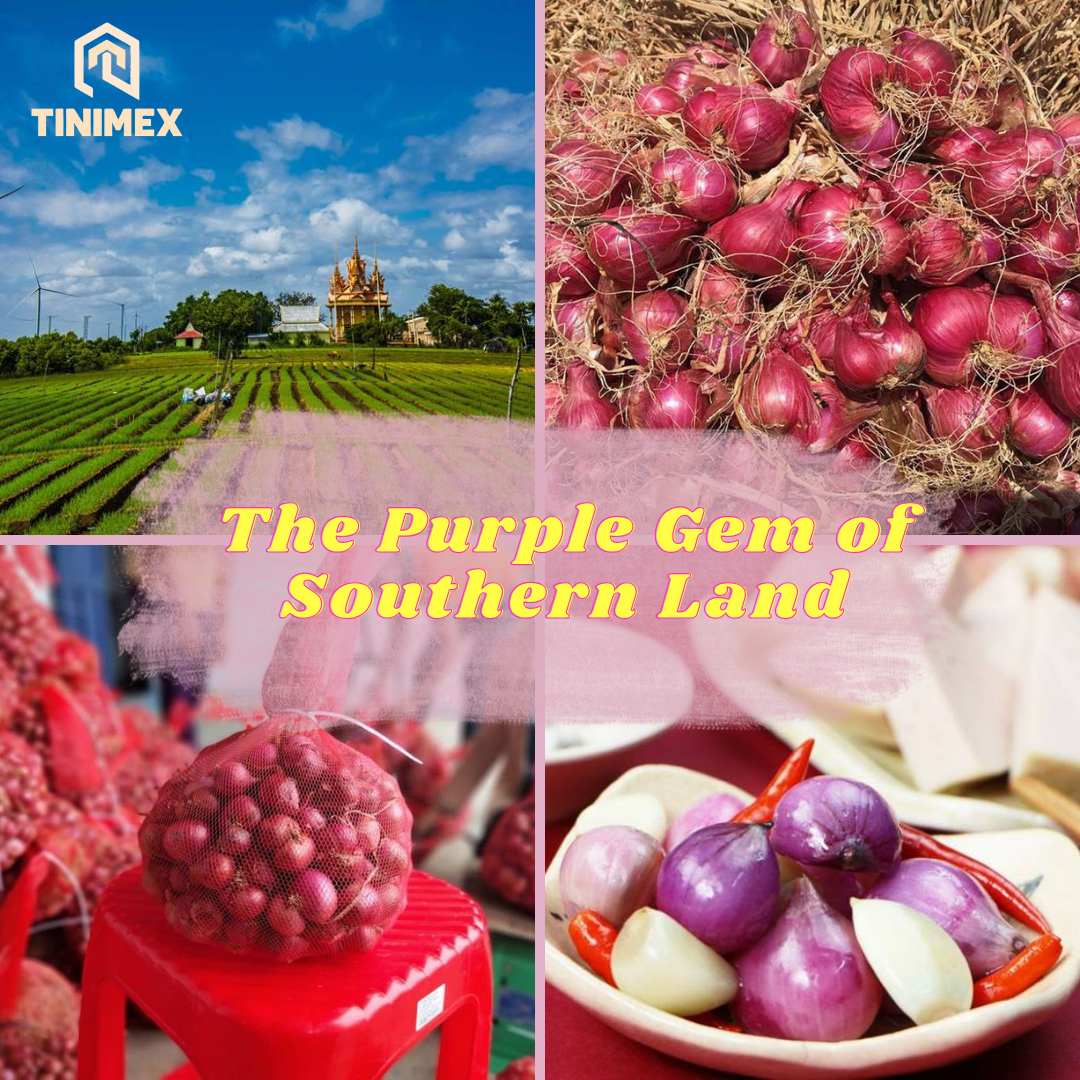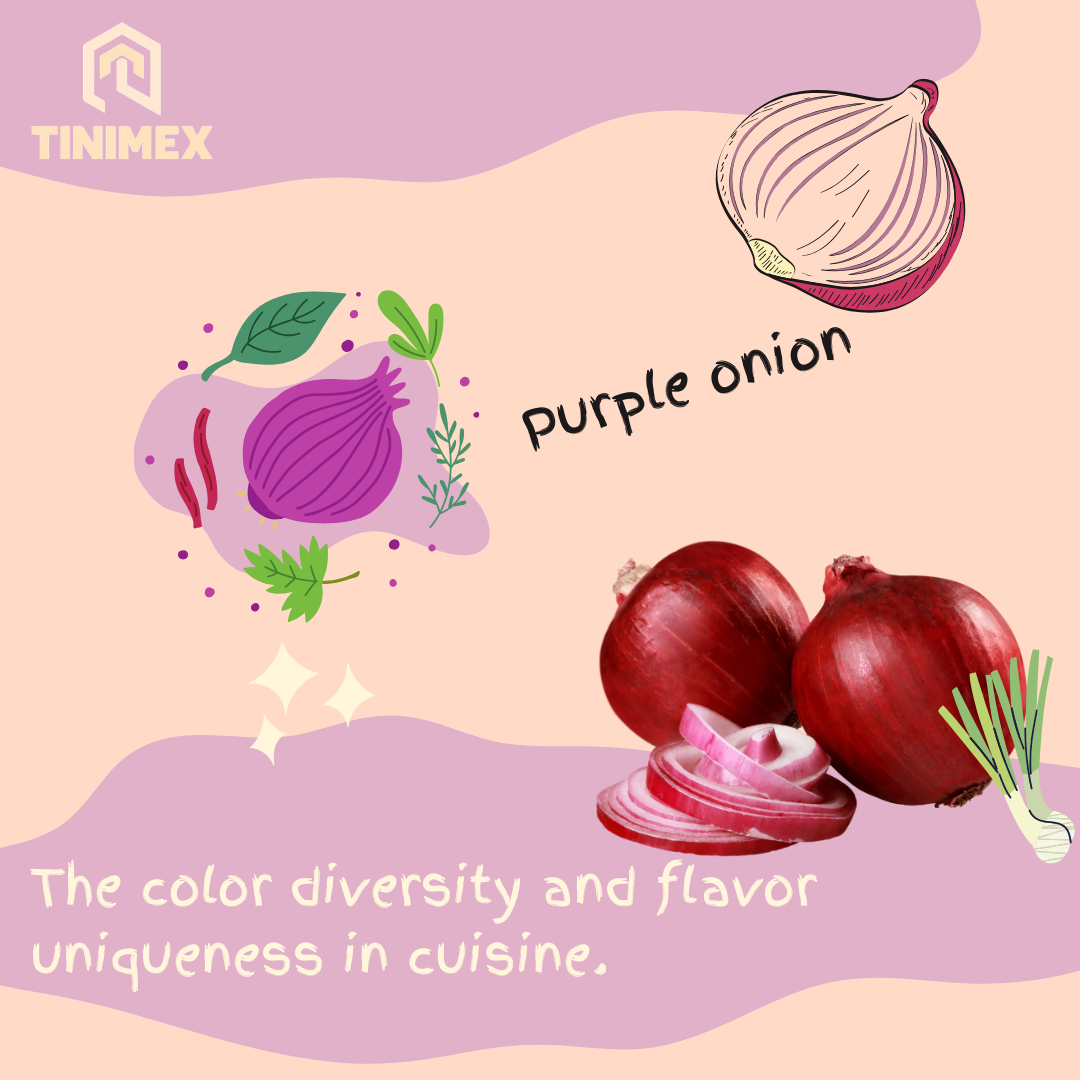“Cooking with Ginger Tips: Unlock the Flavor and Health Benefits
Ginger, with its distinctive aroma and robust flavor, has long been a staple in kitchens around the world. Beyond its culinary appeal, ginger also boasts a myriad of health benefits. In this comprehensive guide, we’ll explore various tips for cooking with ginger, from selecting the freshest roots to incorporating it into a wide range of dishes. Get ready to elevate your culinary skills and enhance your well-being with these expert tips on cooking with ginger.
Section 1: Choosing the Perfect Ginger

1.1 Selecting Fresh Ginger
When it comes to cooking with ginger, freshness is key. Opt for ginger roots that are firm, smooth, and plump. Avoid any roots that appear wrinkled or have soft spots, as these are signs of aging.
1.2 Checking for Aroma
Give the ginger a gentle sniff to assess its aroma. Aromatic ginger indicates freshness and potency. Choose roots with a strong, spicy fragrance for the best flavor in your dishes.
1.3 Skin Texture Matters
The skin of fresh ginger should be thin and easy to peel. Avoid ginger with thick or woody skin, as it may impact the texture of your dishes.
Section 2: Proper Storage Techniques
2.1 Refrigeration
Extend the shelf life of your ginger by storing it in the refrigerator. Place unpeeled ginger in a resealable bag, squeezing out excess air before sealing. This helps prevent moisture and keeps the ginger fresh for longer.
2.2 Freezing for Longevity
For an even longer storage option, consider freezing ginger. Peel and chop the ginger into small pieces before freezing. This not only preserves its freshness but also makes it convenient for future use.
Section 3: Preparing Ginger for Cooking
3.1 Peeling Techniques
While the skin of ginger is edible, it is often peeled to achieve a smoother texture. Use the edge of a spoon or a vegetable peeler to remove the thin outer layer, revealing the golden flesh beneath.
3.2 Grating for Intense Flavor
For a concentrated ginger flavor, grate the peeled ginger using a fine grater or microplane. This method works well for adding ginger to sauces, marinades, and dressings.
Section 4: Cooking Techniques
4.1 Infusing Flavors in Broths
Enhance the depth of your soups and broths by adding sliced or grated ginger. Its warm, peppery notes complement various ingredients and contribute to a rich and aromatic base.
4.2 Stir-Frying Perfection
Ginger is a staple in stir-fry dishes, offering a burst of flavor. Add thinly sliced ginger to your stir-fry at the beginning of the cooking process for a fragrant and tasty outcome.
4.3 Baking with a Twist
Explore the sweet side of ginger by incorporating it into your baked goods. Grated ginger or ground ginger can add a unique kick to cookies, cakes, and muffins.
Section 5: Health Benefits of Cooking with Ginger
5.1 Digestive Aid
Ginger is renowned for its digestive properties. Including it in your meals can help alleviate nausea, indigestion, and bloating.
5.2 Anti-Inflammatory Powerhouse
Experience the anti-inflammatory benefits of ginger by incorporating it into your dishes. Its active compounds may help reduce inflammation and alleviate joint pain.
5.3 Immune System Boost
Rich in antioxidants, ginger supports a robust immune system. Regular consumption can help ward off common illnesses and keep you feeling your best.
Section 6: Creative Ginger Recipes to Try
6.1 Ginger-infused Lemonade
Refresh your palate with a zesty ginger-infused lemonade. Simply combine freshly grated ginger with lemon juice, water, and a touch of honey for a revitalizing beverage that’s perfect for any season.
6.2 Honey-Ginger Glazed Salmon
Elevate your seafood game with a honey-ginger glaze for salmon. Mix grated ginger with honey, soy sauce, and garlic, then brush the mixture over your salmon fillets before baking or grilling. The result is a harmonious blend of sweet and savory flavors.
6.3 Ginger-Turmeric Smoothie
Boost your morning routine with a ginger-turmeric smoothie. Blend together fresh ginger, turmeric, pineapple, banana, and a splash of coconut milk for a nutrient-packed and anti-inflammatory start to your day.
Section 7: Tips for Cooking with Pickled Ginger
7.1 Sushi Companion
Pickled ginger, also known as gari, is a popular accompaniment to sushi. Its slightly sweet and tangy flavor cleanses the palate between bites, allowing you to fully appreciate the taste of each sushi roll.
7.2 Asian-Inspired Salads
Add a kick to your salads by incorporating pickled ginger. Chop it into small pieces and toss it into an Asian-inspired salad for a burst of flavor that complements the crispness of fresh vegetables.
Section 8: Exploring Ginger Varieties
8.1 Yellow Ginger
While most commonly found, yellow ginger is just one of the many varieties available. Experiment with other types such as blue ginger, which has a milder flavor, or pink ginger, known for its vibrant hue and delicate taste.
8.2 Young Ginger
Young ginger, harvested early, is tender and less fibrous than its mature counterpart. Consider using young ginger when a milder flavor and softer texture are desired.
Section 9: Frequently Asked Questions About Ginger
9.1: Can I use ground ginger instead of fresh?
Yes, you can substitute ground ginger for fresh in many recipes. Use a 1/2 teaspoon of ground ginger for every tablespoon of fresh ginger.
9.2: How do I make ginger tea?
To make ginger tea, steep thinly sliced ginger in hot water for 5-10 minutes. Add honey and lemon for additional flavor.




